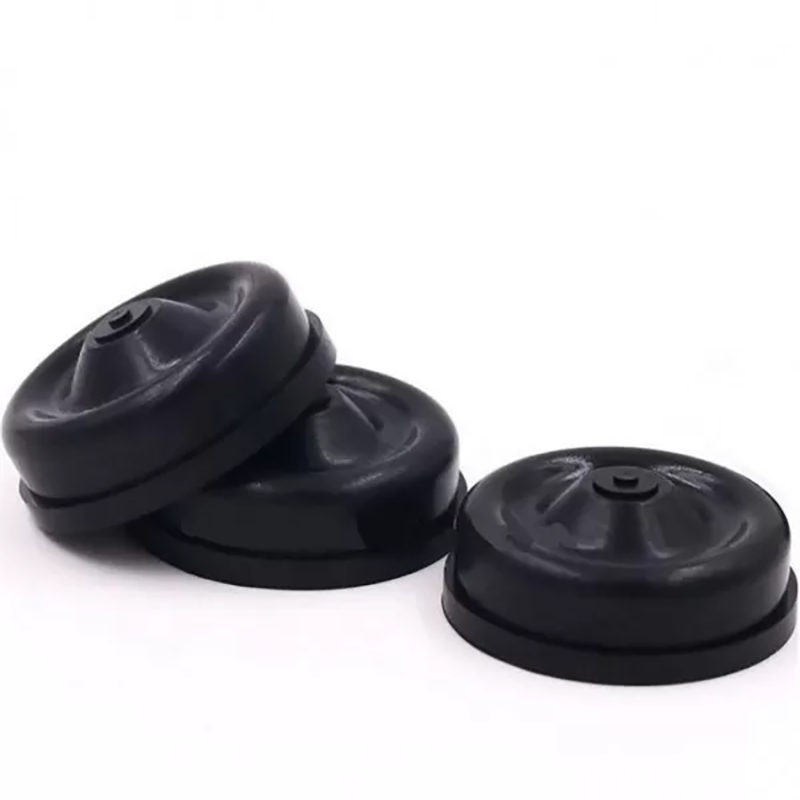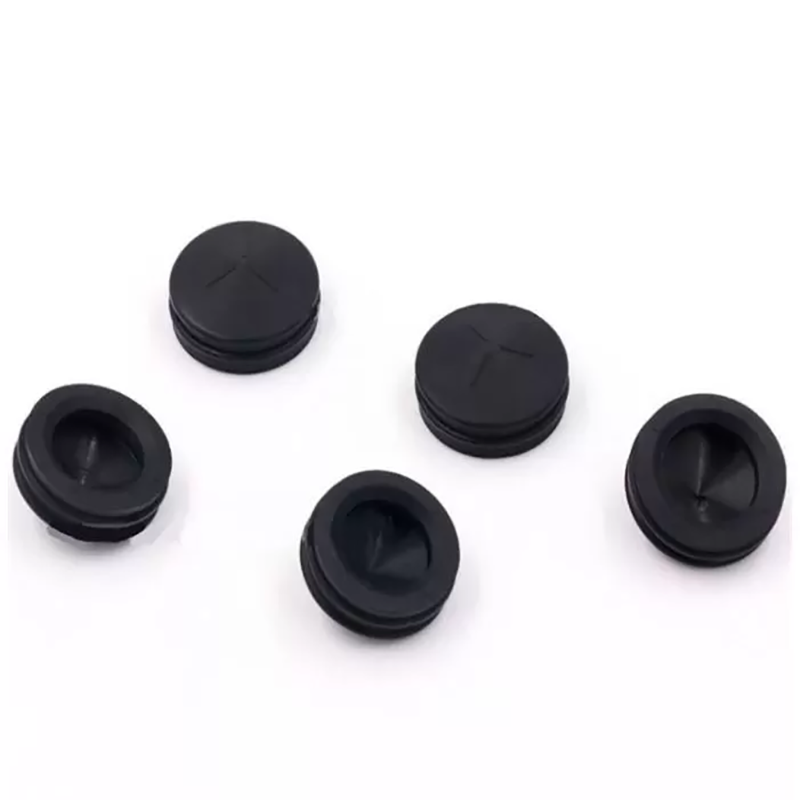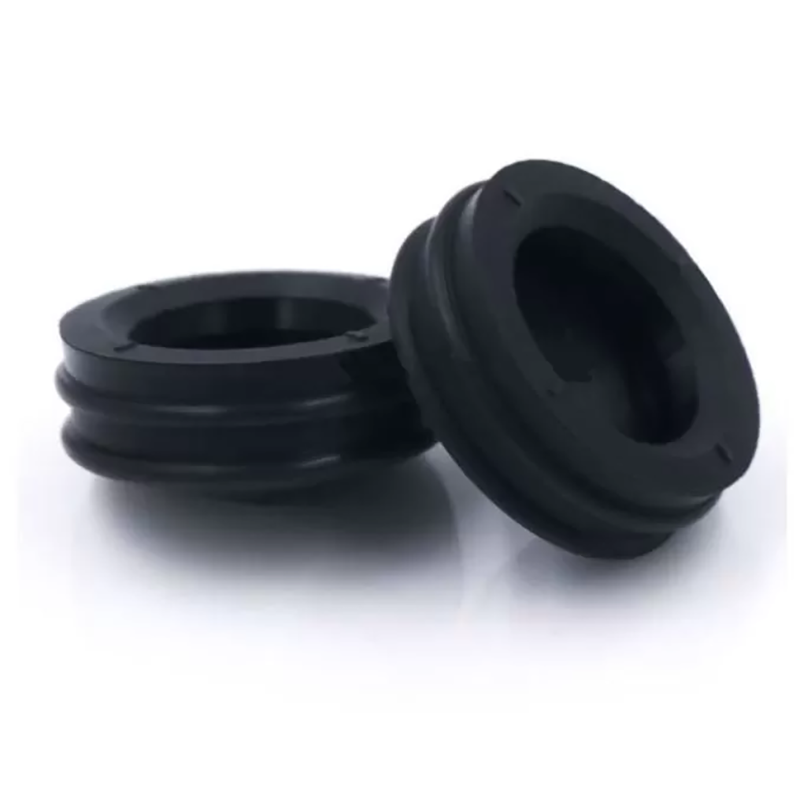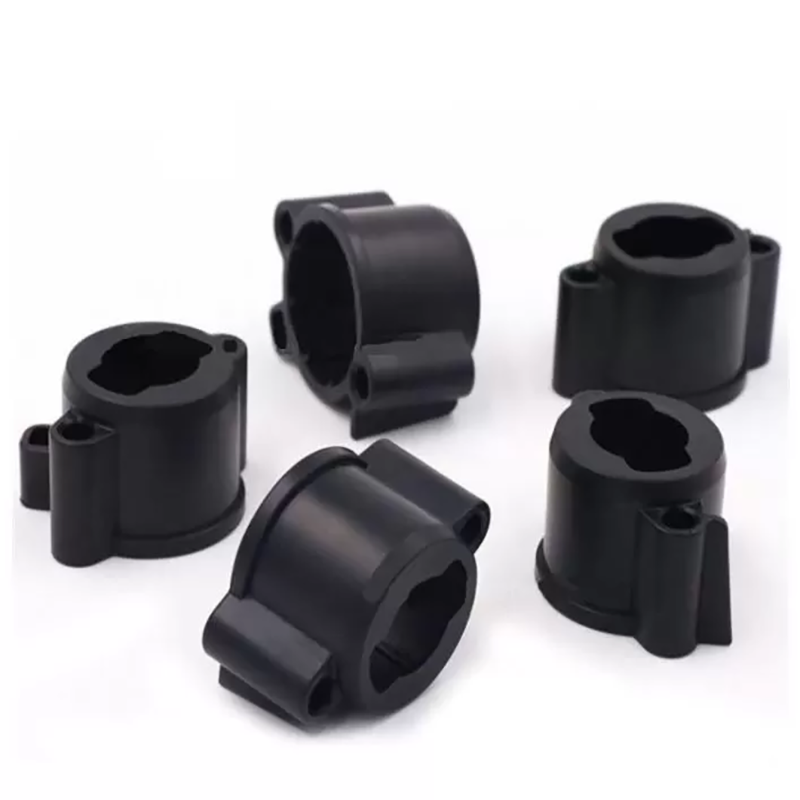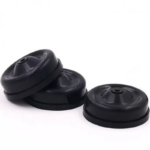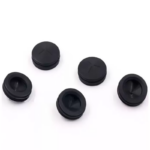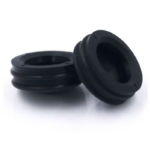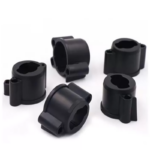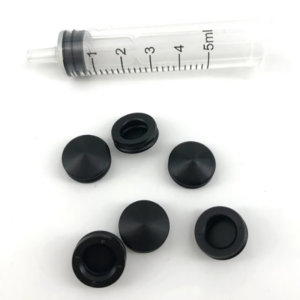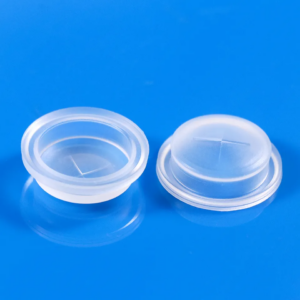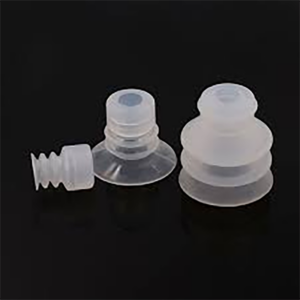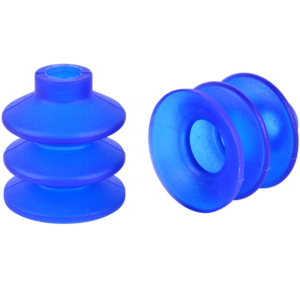Rubber Diaphragm for Air Compressor
The rubber diaphragm for an air compressor is a vital component that contributes to the efficient and reliable operation of the compressor system. Its high-quality rubber material, elasticity, and resistance to environmental factors make it a key element for regulating pressure and maintaining a consistent airflow in various industrial applications.
Details
Material:EPDM,NBR,SILICONE,RUBBER
Strength Range:40~90 Degrees (Shaw A)
Working Temperature:-55~125℃
Service:OEM/ODM
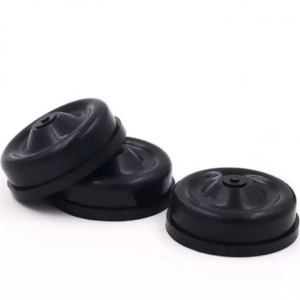
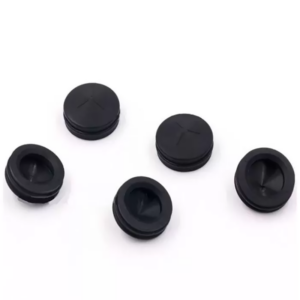
Key Features:
- High-Quality Rubber Material: The diaphragm is typically made from high-quality rubber, often a synthetic elastomer like neoprene, EPDM, or nitrile rubber. This choice of material ensures flexibility, resilience, and resistance to wear and tear.
- Elasticity: The rubber diaphragm exhibits exceptional elasticity, allowing it to flex and deform as pressure differentials change within the compressor. This flexibility is crucial for maintaining proper sealing and regulating air pressure.
- Tear Resistance: Due to its robust rubber construction, the diaphragm is resistant to tearing or puncturing, even under high-pressure conditions.
- Chemical Compatibility: The selected rubber material is chosen for its resistance to the specific chemicals and gases used within the compressor. This ensures the diaphragm’s long-term durability and effectiveness.
- Temperature Resistance: The diaphragm can withstand a wide range of temperatures, making it suitable for air compressors that operate in various environmental conditions.
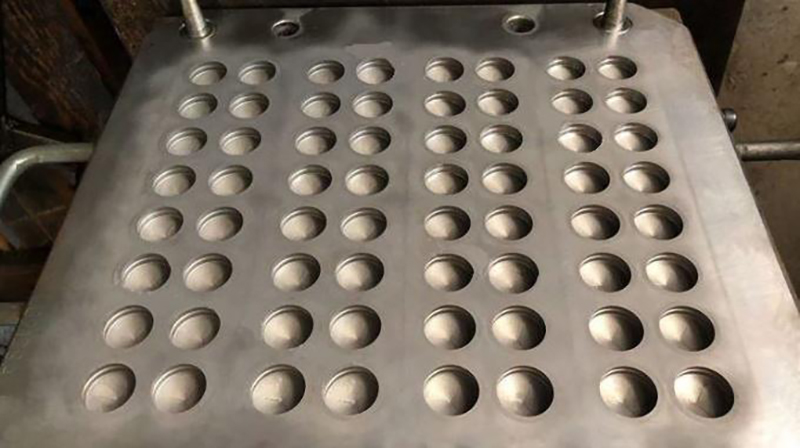
Functions:
- Pressure Regulation: The rubber diaphragm acts as a flexible barrier that separates two chambers within the compressor. As air pressure changes, the diaphragm flexes, expanding or contracting to maintain the desired pressure levels.
- Sealing: The diaphragm forms a secure seal between the compressor’s various chambers. This sealing is crucial for preventing air leakage and ensuring efficient compression.
- Airflow Control: By controlling the movement of the diaphragm, the airflow into and out of the compressor is managed. This enables the compressor to maintain the desired pressure levels and deliver a consistent air supply.
- Vibration Dampening: The diaphragm can help dampen vibrations within the compressor, contributing to a quieter and smoother operation.
- Longevity: Due to its tear resistance and durable rubber construction, the diaphragm has a long lifespan, reducing maintenance and replacement costs.
